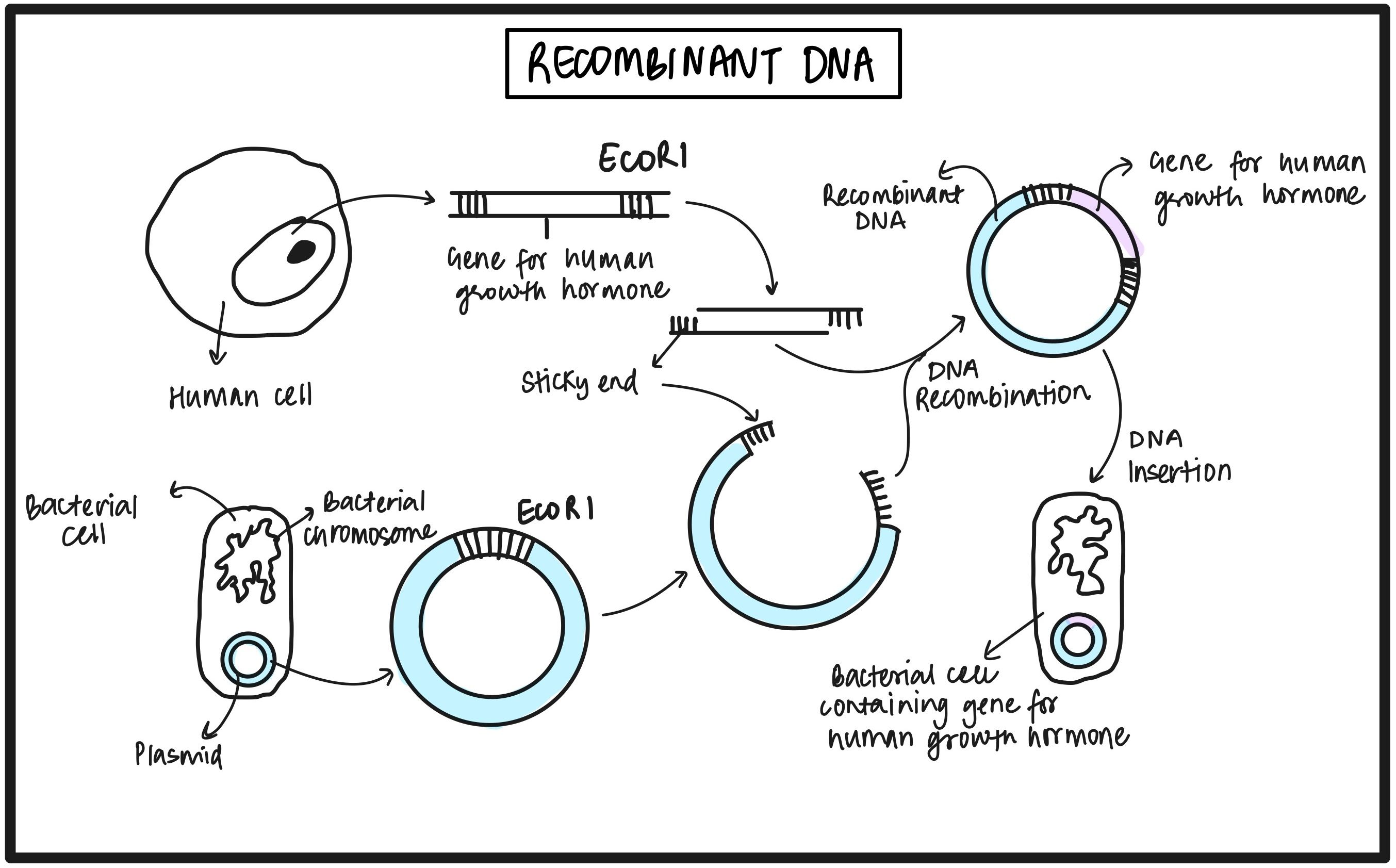Statement 1 is correct. Genetic engineering in vaccine development works by modifying the genetic material of viruses, bacteria, or lab-grown cells to produce specific proteins that trigger an immune response.
Scientists first identify a target protein from a pathogen that can help the immune system recognize and fight it.
They then insert the gene coding for this protein into a harmless virus, bacterial cell, or a lab-grown system, which acts as a factory to produce large amounts of the antigen.
The antigen is then purified and combined with other ingredients to create the final vaccine. When injected, the vaccine stimulates the immune system to recognize and attack the actual pathogen if encountered in the future.
This approach is used in various vaccines, including mRNA vaccines like those for COVID-19 and recombinant protein vaccines like the Hepatitis B vaccine.
Statement 2 is correct. Bacteria and viruses are commonly used as vectors in recombinant vector vaccines. These vectors serve as delivery vehicles to transport genetic material from the target pathogen into host cells, where the antigens are produced. The host immune system then recognizes these antigens and mounts an immune response.
| Vector Type | Examples of Vectors |
|---|
| Viral Vectors | Adenovirus, Vaccinia Virus (MVA), Vesicular Stomatitis Virus (VSV), Measles Virus, Influenza Virus |
| Bacterial Vectors | Salmonella typhimurium, Listeria monocytogenes, Mycobacterium bovis (BCG) |
| Fungal Vectors | Saccharomyces cerevisiae (Yeast) |
| Protozoan Vectors | Leishmania donovani, Trypanosoma cruzi |


